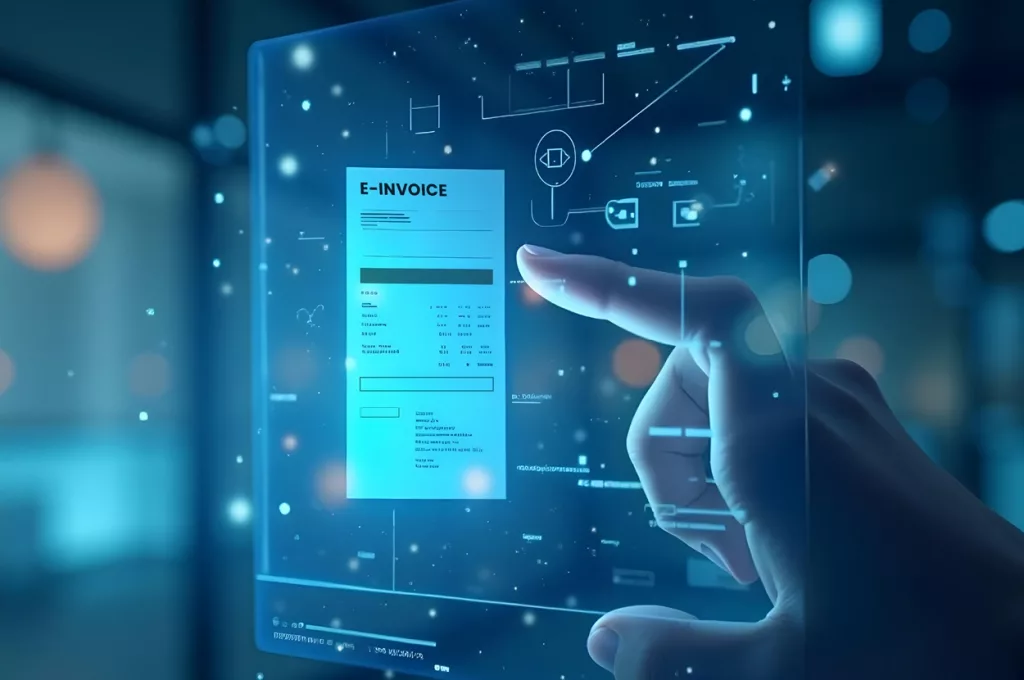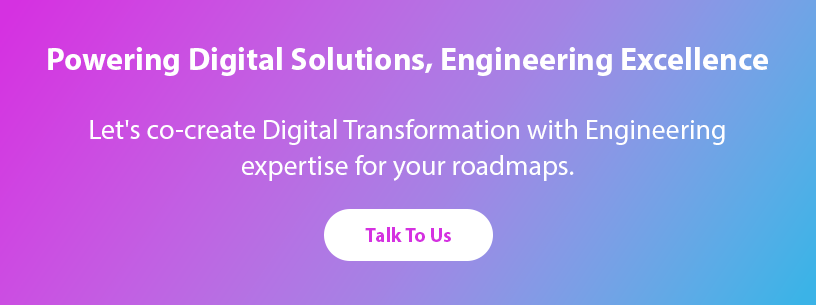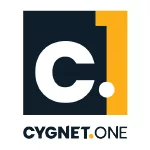In today’s world, technology experiences disruptive growth. Software product engineering services is something that demands continuous renovation. IT professionals keep looking for something newer and better than outdated existing technology and bringing about a revolution in the IT industry; to create or develop something that was considered unimaginable and unachievable a couple of years ago.
This blog discusses the recent software product engineering service trends that have made a significant impact on how software products are perceived:
SDx – Software-defined everything
SDMR International Research expects the Software-Defined Everything (SDx) Market to grow at a CAGR of 28% between 2017-2023.
Conceptually, software-defined everything presses all the elements of the tech ecosystem to work together with one another in sync to achieve the desired output for the business, addressing the operational silos.
Proprietary hardware naturally creates system silos; what works on one server or for one department is not interoperable with others; as a result, IT teams often face an operational nightmare.
The core of the software-defined architecture is agility, where the software function and hardware can be decoupled, and new features/functions can be incorporated easily.
Why does the industry need to move from a hardware-defined mindset to a software-defined perspective?
Let’s dive a bit deeper
SDx is a parasol term for SDS (software-defined storage), SDN (software-defined networking), and SDDC (software-defined data center).
In a Software-Defined Everything (SDE/SDx) environment, management and control of the networking, storage, data center infrastructure, etc., are automated by intelligent software rather than by hardware components of infrastructure.
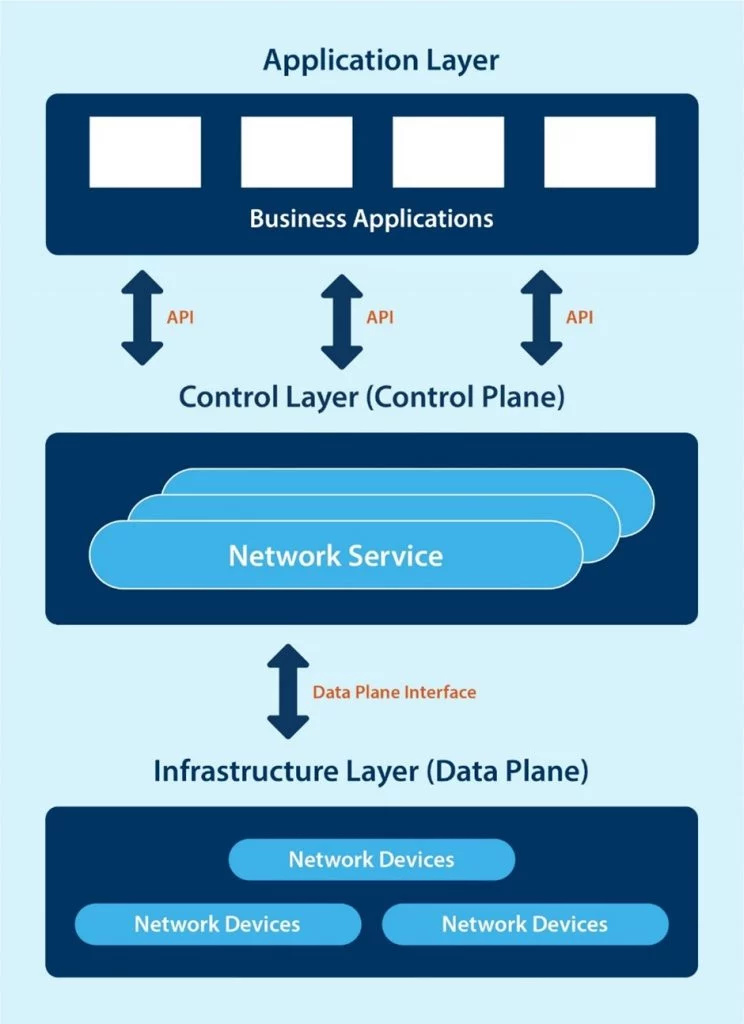
According to Vox’s switching to Software-defined everything, architecture can bring in great benefits.
- Simplification – Remove your current legacy system’s complexity and turn it into a more agile automated software product.
- Cost reduction: It shifts the budget from CapEx (Capital Investments), which is very costly, to OpEx (Operating Expenses), more scalable and cost-effective.
- Cloud-based – Secures almost all the data to a cloud-based server and lessens the time taken for delivery and new app integrations.
- Access control – Filters the data, sets security and privacy and defines access levels.
- Security – Securing the information gives ultimate threat protection and keeps the data or information safe and secure.
- Checks the system – It monitors all the software-defined systems simultaneously along with the computers’ IoT (Internet of Things) and wireless access points.
Low-code & no-code software development
Low-code or no-code software development is the major thing or trend of software engineering products seeming to rise soon.
Developing a software product is a highly complex task, and the need to deliver faster is never-ending, which has put constant pressure on software developers.
Therefore, there is the sudden popularity of low-code and no-code products across the software development field.
Low-code and no-code options allow software product developers to develop and deliver solutions into multiple deliverables.
What is Low-Code software development, No-code software development, and what’s the difference?
Low-Code development gives coders/developers a break from technical and coding nuances; the low-code development platform offers a visually illustrating interface that enables the developer to quickly build applications or a part of an application accelerating the overall software product development.
For instance, TestingWhiz offers a common code testing automation platform with simple drag-and-drop functionality. With its intuitive automation engine, the tester or user can create various test cases just in no time.
No-code development goes a step further. While a low-code platform requires technical knowledge and makes product development relatively easy for the coders, no-code platforms are for business users who want to solve a problem with the best user experience possible while completely abstaining from technical and coding details.
With no-code software development, even non-technical users can build applications, eventually enhancing the productivity of professional developers who can focus on more complex and strategic parts of the software development lifecycle.
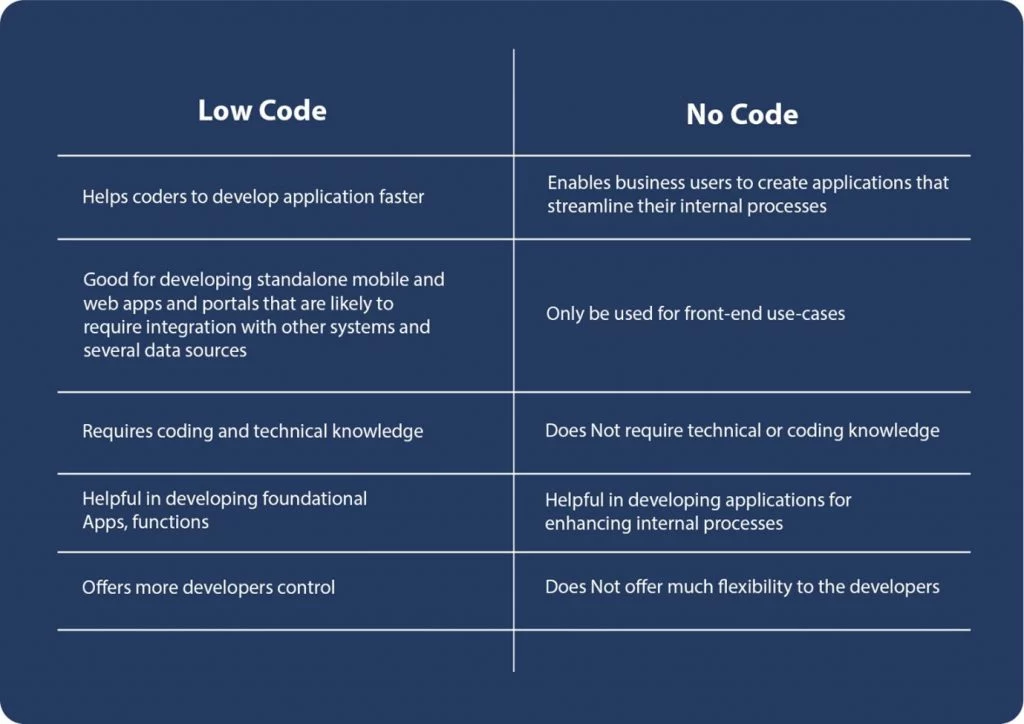
Internet of Things
IoT, short for the Internet of Things, is an interrelated system of mechanical and digital computing devices, objects, or UIDs (unique identifiers). It allows the transfer of data over a network without needing a human to a computer or human-to-human interaction, which cuts down labor costs.
The Internet is the common factor among all items that constitute a modern, innovative work environment.
The IoT is like a vast web of devices interconnected with one another and provides a bird’s eye view of every module component, which allows the exact and accurate functioning, tracking, and analysis.
The current trend reflects on connecting devices to human value. The focus is now on bringing tangible and intangible value to stakeholders. It’s about improving customer experience, creating value for stakeholders, and enhancing social and people’s lives, whether it’s in their capacity as workers, consumers, investors, citizens, and so on. I-Scoop explains the concept in a self-explanatory image.
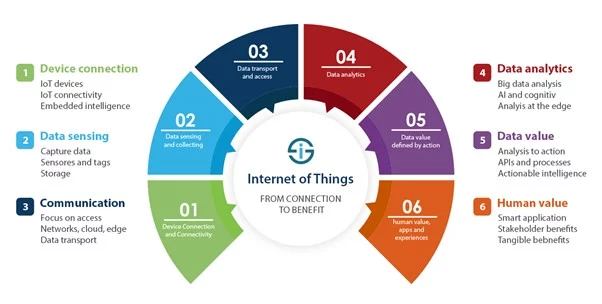
Conclusion
Leverage the latest trends of software product engineering services and improve the quality of services manifold. Transform into a software-driven business and stay ahead of the competition using the latest development paradigms. Engineer your products with next-gen technologies with us.
Let Cygnet Digital be your technology partner in growth and innovation. Reach out to us today!




